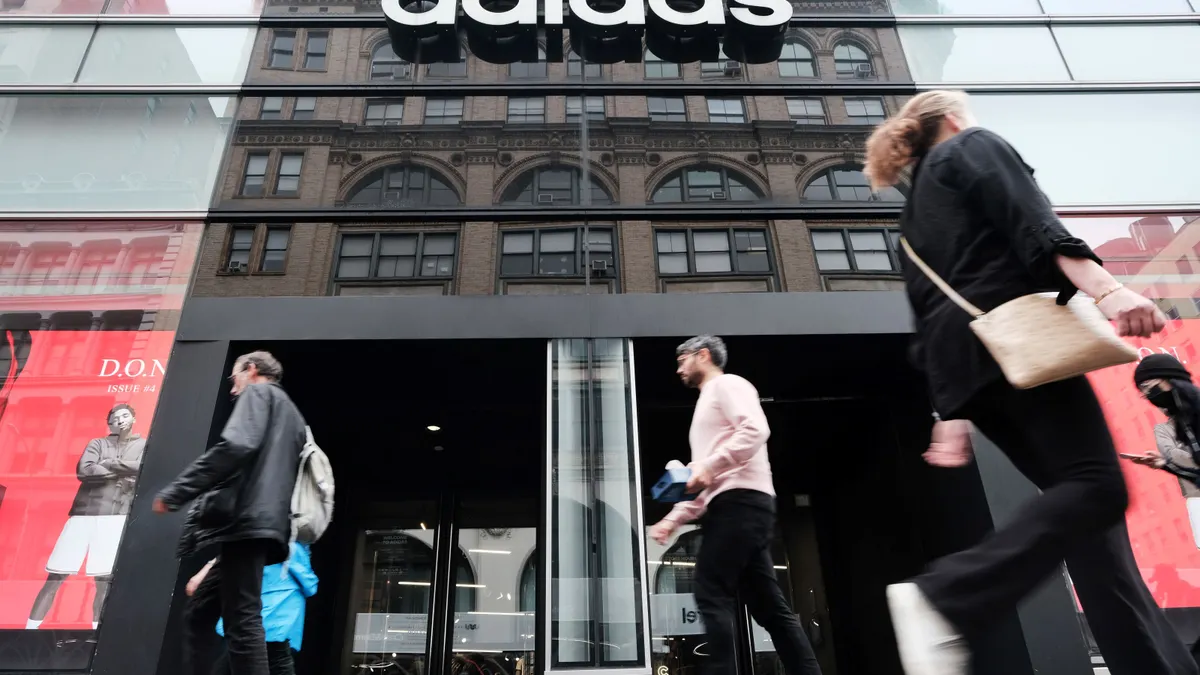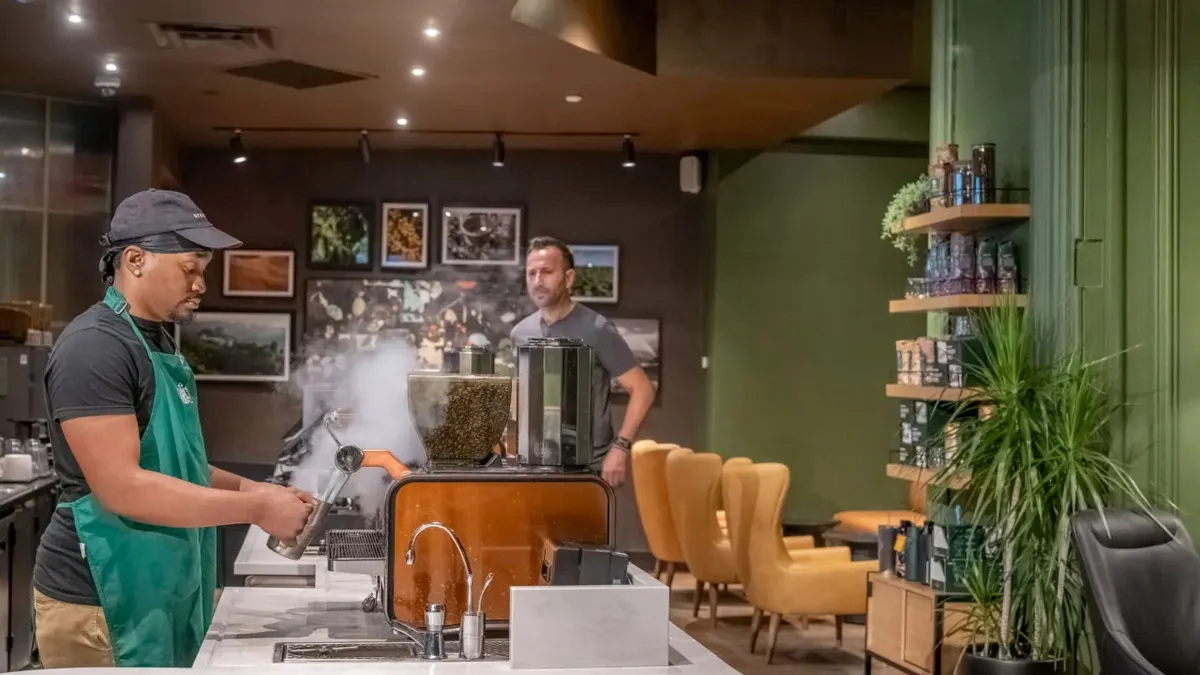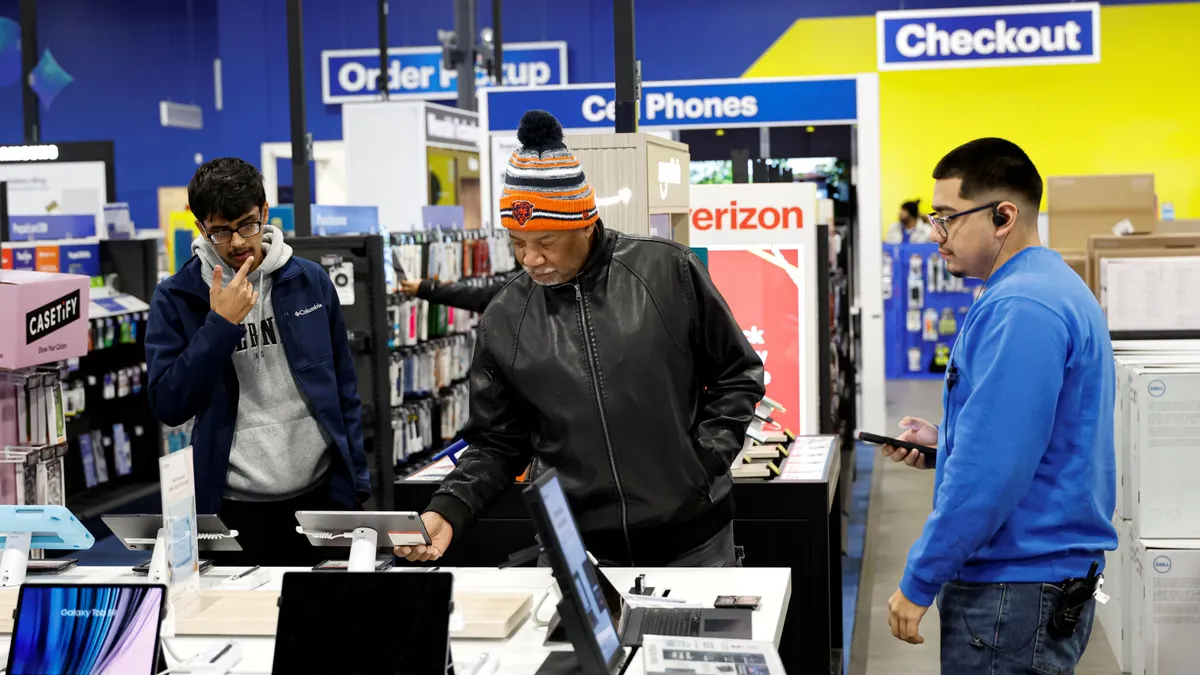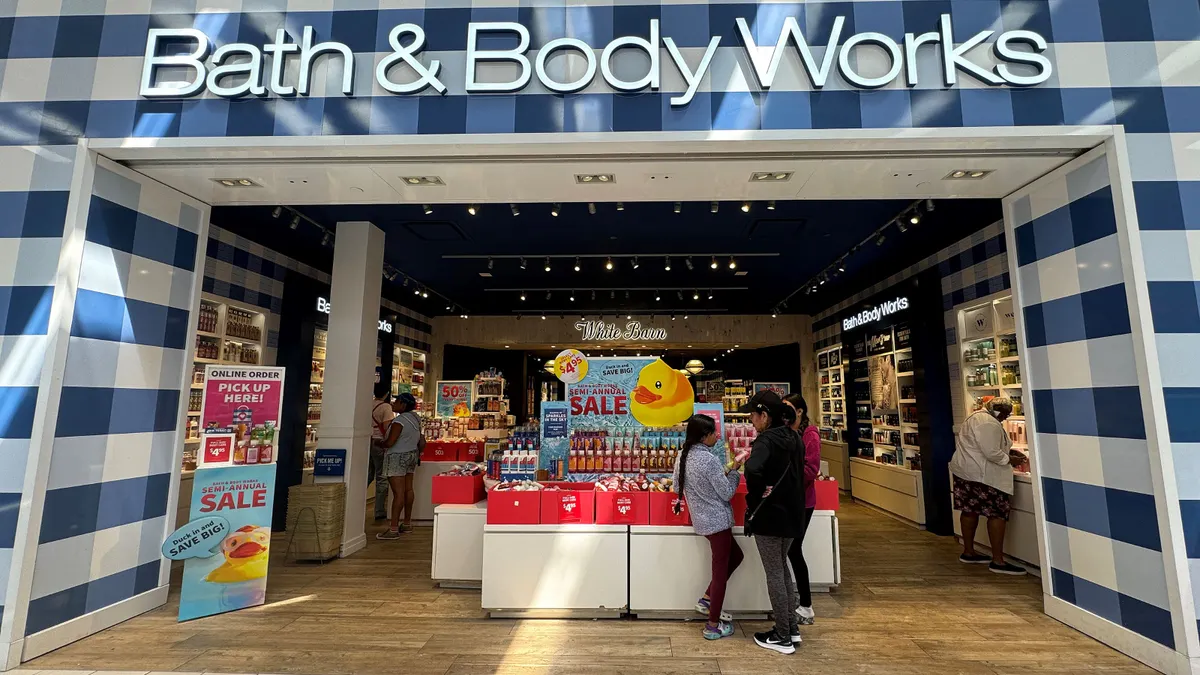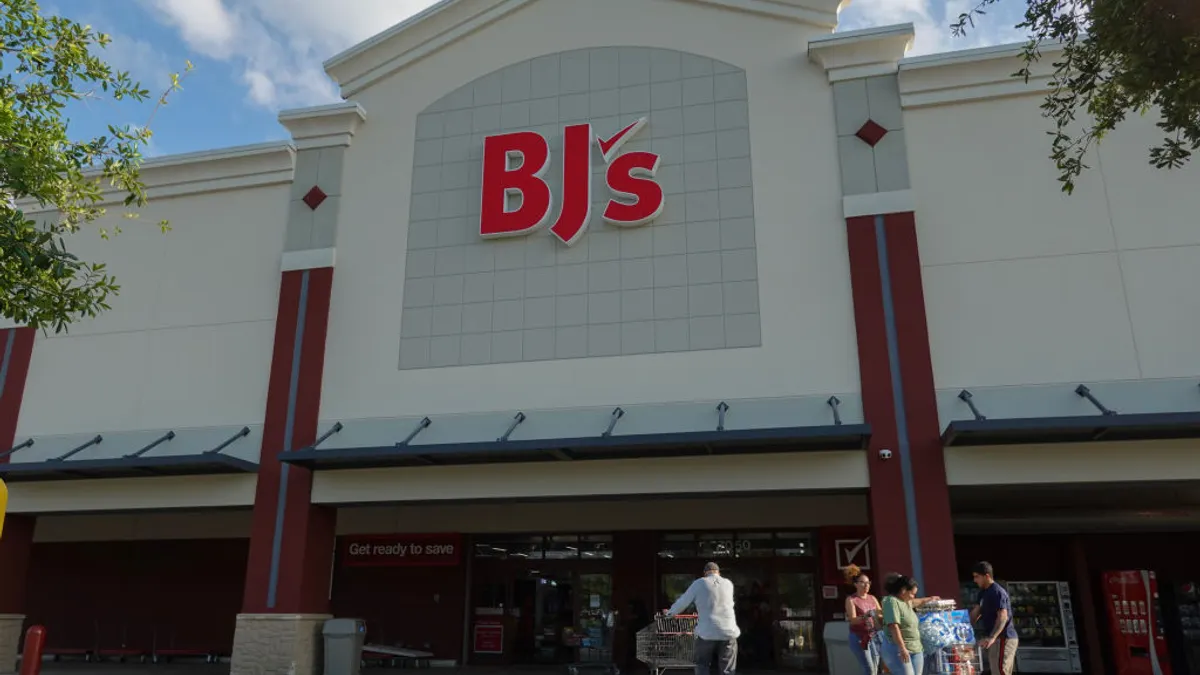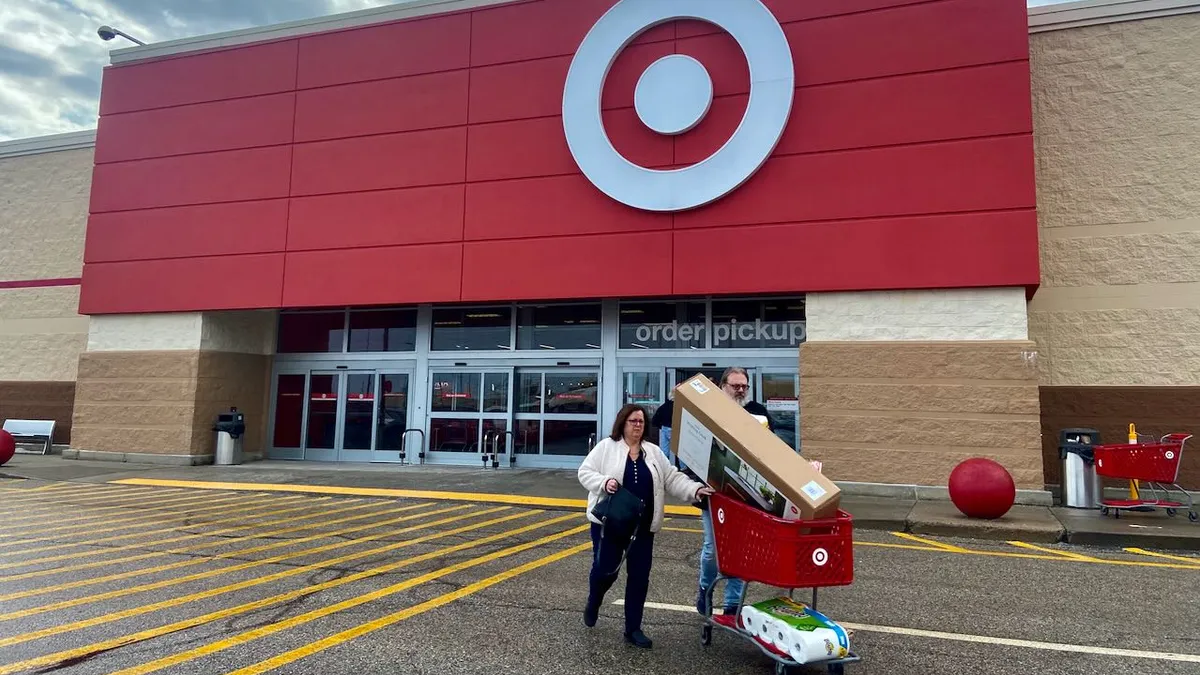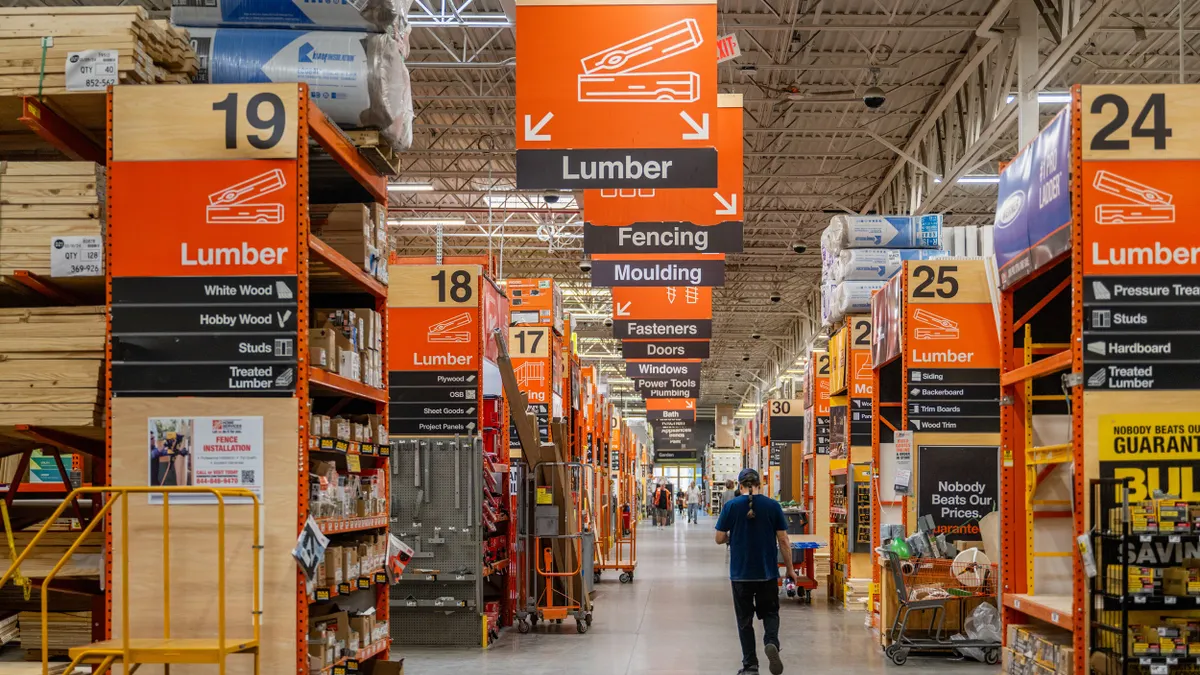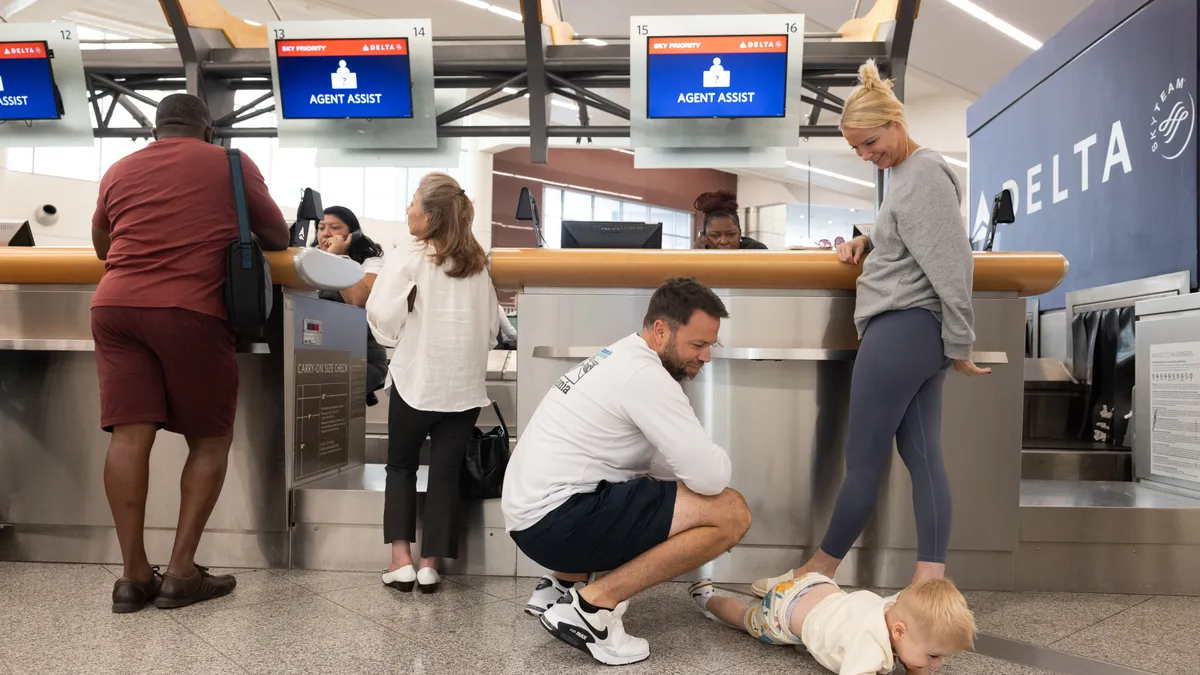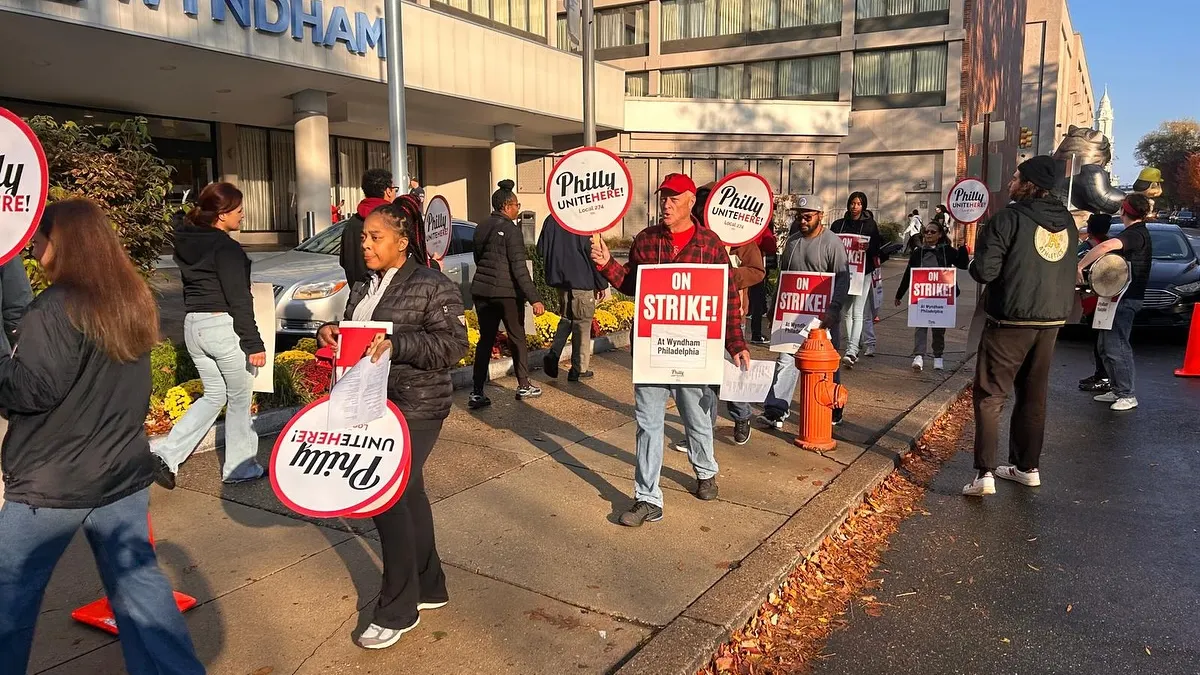The massive crowds and doorbuster sales can make stores seem like the center of the world during the holiday season, but in truth, retailers are just facilitating someone else’s main event.
“It's more about helping the customer achieve their own holiday objectives,” Nikki Baird, VP of strategy and product at Aptos, told CX Dive. “They're not there for your experience. They're there for the experience they're trying to build for their own family and friends.”
That doesn’t mean in-store CX stops mattering — far from it. Holiday shoppers can be busy and stressed, and a retailer that turns the holiday rush into a smooth, enjoyable experience can earn loyalty without the need for flashy gimmicks.
A great holiday shopping experience mostly stays out of the customer’s way, according to Baird. The goal is to uncover and meet their needs with minimum fuss, not wow them with the kind of experience that tries to make them stay as long as possible.
Balancing support and speed in the midst of holiday crowds can be easier said than done, especially on days like Black Friday. Getting it right requires taking the right approach toward guiding their experience, keeping staff ready to offer optimal customer service and recovering the experience after those times when something inevitably goes wrong.
Customers want guidance
Customers may feel overwhelmed while searching for that perfect gift, but a good in-store experience can turn that stress into confidence.
Three-quarters of shoppers say they are stressed about making the right gift buying decision, and nearly half of consumers say they visit stores to see and assess products firsthand when faced with too much information while holiday shopping, according to an Accenture survey of 3,000 global consumers.
Even though a lot of product research is moving online, many consumers still want the high-touch experience only a store can offer, according to Jill Standish, senior managing director and global lead for retail at Accenture. That final step can narrow down a tough decision.
“The human element still exists,” Standish told CX Dive. “We're not going to turn into couch potatoes and shop online all the time. We are going to go out and enjoy good old fashioned trying on clothes or touching and feeling fabric, putting on a pair of shoes, versus having all this stuff delivered to my door.”
Associates are key to making the in-store gift buying experience great, according to Standish. They can offer the expertise that lets consumers make a purchase with confidence, particularly when they are equipped with AI-powered tools that help them quickly and efficiently find the right product for a particular customer’s needs.
One example is European electronics retailer MediaMarktSaturn, which equips its associates with headsets that let employees query an AI using natural language queries, according to Standish. The tool lets workers quickly answer customers’ questions about even the smallest details, helping them purchase gifts with confidence while minimizing downtime.
Support your staff with tech and training
Associates are always at the heart of the in-store experience, and that doesn’t change even during the busiest times of the holiday season.
“You go to the store because there are store associates there,” Baird said. “Otherwise you would just do it online.”
However, workers might have trouble offering best-in-class customer service. Not only are they dealing with massive customer traffic, many associates are temporary help who only have the baseline onboarding experience to guide their interactions.
Retailers who make their associates’ lives as easy as possible can help them offer better customer service, according to Baird. Technology can help relieve some of the pressure, provided companies ensure they’re investing in tools that support associates.
Examples include devices that help workers swap between tasks with minimal downtime and the aforementioned AI assistants. Each of these can simplify their moment-to-moment work so associates can put a greater emphasis on quickly and efficiently helping customers.
Training beyond the basics can help as well, according to Standish. Accenture’s research has found that associates want more training, which translates into better experiences for the customer and an improved resume for the worker — especially if the training involves using generative AI tools.
“I think that's a great message to corporate,” Standish said. “Instead of just paying hourly wages and saying, ‘Hey, here's the register, go ahead and check out consumers,’ how about, ‘Let me upskill you on really good customer service.’”
When the busiest days of the holiday season finally arrive, the solution for keeping up employee morale is simple: Let them know they’re appreciated. Stocking the break room with snacks or buying lunch in acknowledgement of no one getting their full break can ease some of the stress, according to Baird.
Managing perceptions keeps customer satisfied
Keeping the customer happy is paramount to a good holiday shopping experience, according to Standish
“You can have the best assortment, the best marketing, the best advertising, the best promotions, the best all of your levers you can pull as a retailer — but if that person in the store is in a bad mood, good luck,” Standish told CX Dive.
Things will go wrong, especially during the busiest hours of the holiday season. Perhaps the most common problem is long lines, as a store only has so many registers and so many people to work them.
This is the time to send someone down the line offering hot chocolate or complementary coupons, according to Baird. Even if a customer looks up from their phone and declines the offer, you’ve taken their minds off the wait for a moment, and that counts for a lot.
“I think that's when customers start to unload — when stores don't acknowledge the pain and don't try to do anything to at least make them feel better about it,” Baird said. “That's when things get tense.”
Like the rest of the holiday experience, any form of compensation should come quickly and unobtrusively, according to Baird. The theme of the season rings true even at the end of the journey — retailers are facilitating the customer’s experience, not building up their own.
“You are not the main event,” Baird said. “You are a vendor selling shirts at the Taylor Swift concert. You need to think about how you are going to get them back to that concert as fast as possible.”




